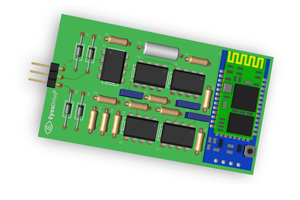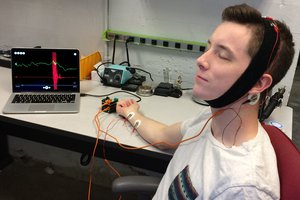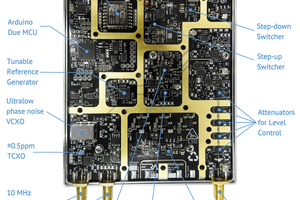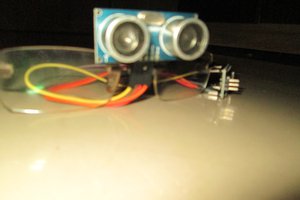Still very much in the research part of this project, and have a lot to learn before the end. For those interested, some background reading on Dielectric Spectroscopy can be found at:
http://en.wikipedia.org/wiki/Dielectric_spectroscopy
Will be dealing with waveforms in 1 to 200 MHz range, probably using either a DAC or a waveform generator, and either an ADC or a gain-phase detector. Currently expect this to be a wrist-worn device (subject to bench testing - finger/ring style sensor might be better, or a patch sensor against abdomen) and bluetooth LE to interface to phone or smart-watch.
Unsure if data-analysis will be performed on-device or not. In either case I will try using an artificial neural network to extract the desired information from the raw data in the hope that this will be able to cope with the noise/unknown variables inherent in the data.
Diabetes is a well known medical condition that affects an estimated 387 million people worldwide, or 8.3% of the adult population. It contributes to many deaths and has a huge negative impact on the world economy. The health and hence economic impacts can be reduced my improved management of the disease. Key to this is monitoring of blood glucose levels. At the moment the best available options are either testing via blood-prick tests a few times a day, or use of an invasive blood glucose monitor (which have high ongoing costs due to expensive sensors which generally last only a week).
The BloodWatch aims to help address these problems by providing continuous blood glucose readings without the need for an invasive or disposable sensor. Hence the ongoing costs to the user are practically zero. It can monitor blood glucose levels when the user can't (e.g. when asleep) and alert the user if a problem is detected (low blood sugar events during the night art particularly dangerous).
Beyond its initial targeted blood glucose monitoring functionality, I expect the BloodWatch will be able to monitor a number of health related blood factors and provide assistance to users other than diabetics. For example:
- Blood oxygenation
- Pulse rate
- Cholesterol
- Fat levels (possibly tracking from your most recent meal)
- Ketones
- Alcohol
- Salts
- Signature molecules for various diseases
 Linus Dillon
Linus Dillon
 Federico Runco
Federico Runco
 Patrick Glover
Patrick Glover
 edensrock
edensrock
 Debargha Ganguly
Debargha Ganguly